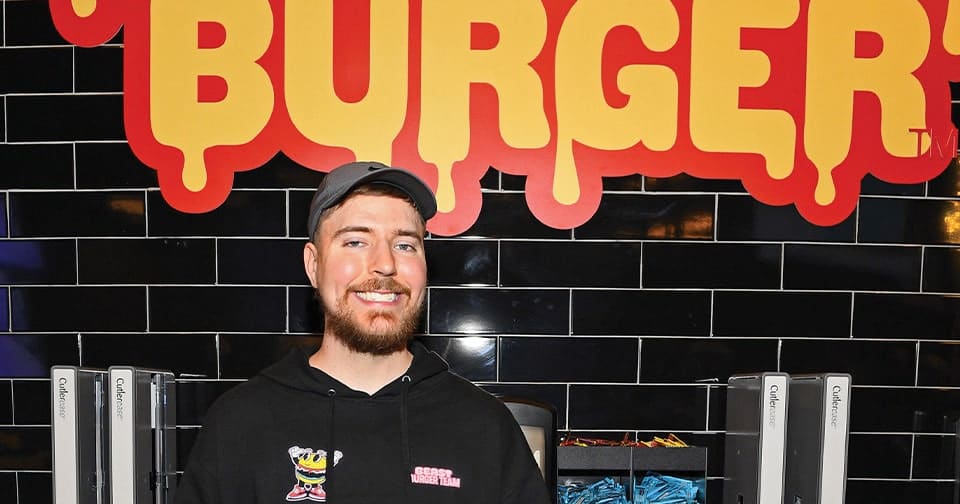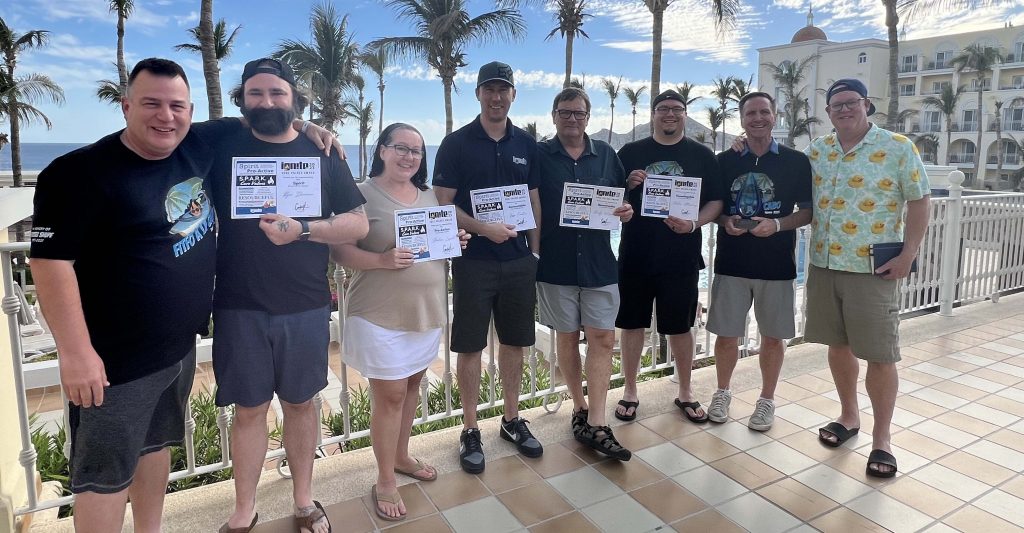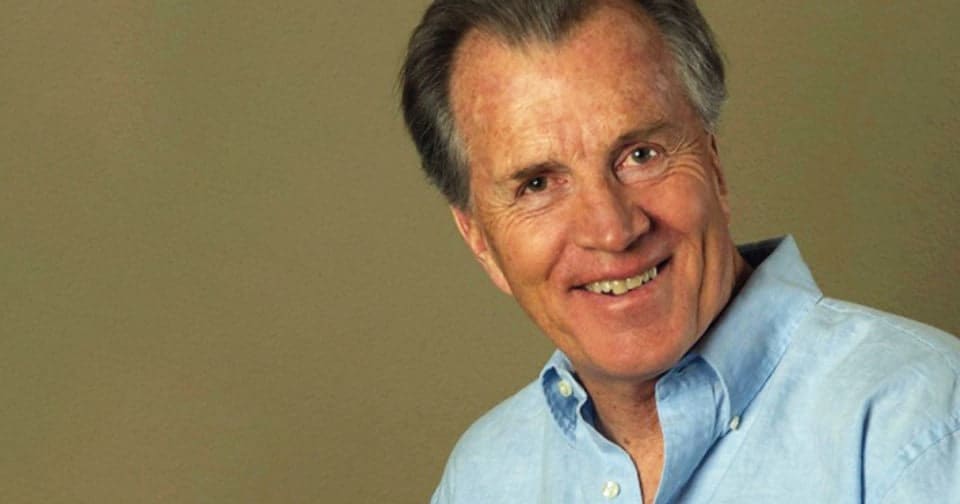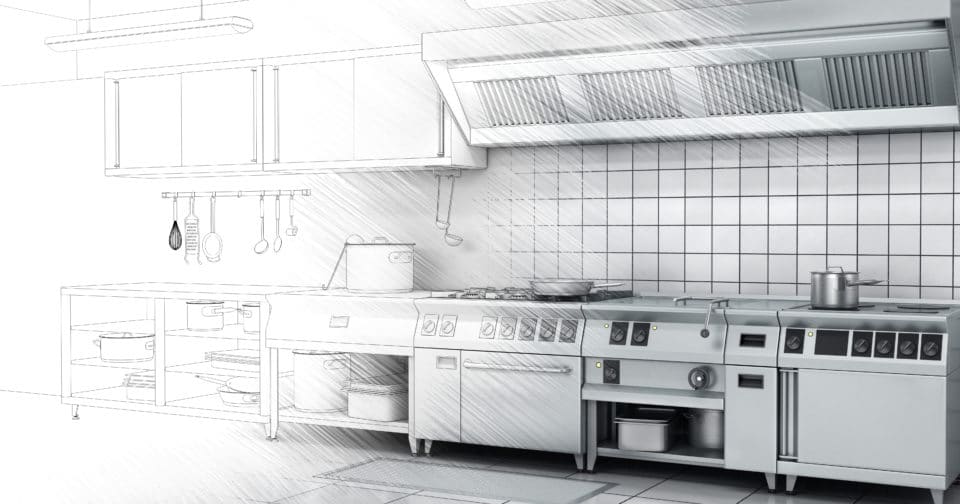
The title of MrBeast Burger’s launch video, I Opened A Restaurant That Pays You To Eat At It, might sound like clickbait. It’s not. In the 10-minute YouTube clip one can see Jimmy Donaldson, aka MrBeast, and his team giving away free burgers and wads of cash (as well as several iPads and a brand-new car) to thousands of people waiting in line.
This type of stunt is unprecedented for promoting a restaurant, but quite normal for Donaldson, one of the most popular YouTube celebrities with more than 100 million followers. The 24-year-old from Wichita, Kansas, is known for very expensive philanthropic challenges where he gives away hundreds of thousands of dollars to complete strangers. In 2021, Forbes ranked him the highest-earning YouTube personality, with $54m.
While the promo video was shot at a physical drive-thru, MrBeast Burger is in fact a virtual restaurant available for delivery and pick-up only. Rather than using ghost kitchens to prepare its burgers, the brand prefers to partner with existing restaurants with spare cooking capacity. The setup of the whole operation went on for almost a year, in partnership with virtual brand incubator Virtual Dining Concepts, which helped Donaldson find partnering restaurants and suppliers.
This collaboration between virtual and physical restaurants is a type of franchise that was pioneered in 2016 by Uber Eats and other delivery giants and has been gaining ground since. With this model, virtual brands can scale up quickly without building new ghost kitchens, while restaurants can increase revenue without having to worry about marketing and logistics.
For William Bender FCSI, founder and principal of W.H. Bender & Associates in San Jose, California, it can be a win-win partnership for many struggling restaurants in the post-Covid era: “I think that virtual dining can coexist with physical restaurants, and both can succeed, as long as brick-and- mortar establishments are creative and find a way to use this model without detracting from the location, and making sure the target market of the virtual brand is not in competition with them,”
Breaking barriers
On opening day, in December 2020, MrBeast Burger was available at 300 locations across the US. The success went beyond expectations: two months later Donaldson tweeted that it had sold over one million sandwiches, and today the virtual chain has more than 1,000 locations in the US and has expanded to Canada, the UK and UAE.
These numbers proved that it’s not necessary for a virtual restaurant brand to be a spin-off of a large brick-and- mortar chain (such as Applebee’s Cosmic Wings and Denny’s The Meltdown) to start big and grow fast, as long as it can leverage a large enough base of engaged followers.
“Like many celebrity brands, MrBeast has an established following, which meant instant marketing to thousands or millions of potential customers and a massive head start. MrBeast, as YouTube’s number one influencer in 2021, is probably the best example of someone using that reach to drive a virtual food brand,” says Carl Orsbourn, chief operating officer of Juicer, a dynamic pricing company for restaurants.
For MrBeast’s manager Reed Duchscher, the literally overnight success of the fast food brand also meant a breakthrough for the community of creators, a new category of celebrities that include YouTube, Instagram and TikTok influencers: “I don’t think this is a fad, I think we’re going to see multiple creators pushing into virtual dining,” he said in an interview a few days after the launch, although he added that the barrier to entry to the restaurant business is much higher than apparel and merchandising.
Duchscher’s prediction proved correct: in 2021, Virtual Dining Concepts launched Larray’s Loaded Mac with YouTube influencer Larri Merritt, while Creating Culinary Communities (also a virtual restaurant incubator) announced a new partnership with a network of creators.
In September 2022 MrBeast Burger reached another milestone by opening a brick-and-mortar restaurant in the American Dream shopping centre in New Jersey. Moonbowls, a Korean-inspired virtual dining concept, made a similar move a few weeks earlier.
Real challenges ahead
Virtual dining is a relatively new segment that is growing rapidly. Despite its name though, it faces many of the challenges of physical restaurants: “Even without the
brick-and-mortar headaches, a virtual restaurant will still need total quality management to succeed in the long term. It’s not just about having a great menu and product. You also need to take care of order fulfilment, the selection and personality of delivery drivers, the integrity of packaging, the ease of ordering, and of course food safety,” says Bender.
While it’s too early to see whether MrBeast Burger will be more than a medium-term fad, the agility of the virtual dining model and the popularity of Donaldson have been the key factors in its growth: “Part of the reason why the brand did so well is that they took
a simple menu (hamburgers have been around for a long time), created the right technology, and capitalized on an existing platform to expand rapidly,” says Bender. “I think in the future we’re going to see more and more virtual brands partnering with existing restaurants or using the kitchens of some of the many establishments that were forced to close during Covid. The plethora of locations available right now is going to create a lot of opportunities.”
However, according to Orsbourn, the virtual dining model is not without risks: “The primary risk is the ability to market the brand to customers, which is the same core challenge that established brands have. Beyond that, the virtual brand model relies upon utilizing spare capacity in a restaurant’s kitchen – if a restaurant doesn’t have any, or takes on too many additional ingredients or cooking processes, the primary brand (the name above the door of the restaurant) could suffer in operational quality – in terms of consistency, speed or accuracy,” says Orsbourn.
Andrea Tolu




